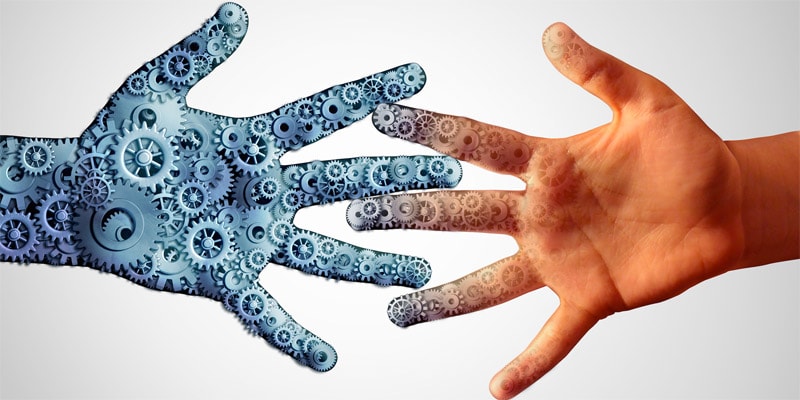 Image: Shutterstock
Image: Shutterstock
What follows is an article published by Terralíngua.
Simplifying technical language to improve comprehension is not a new concept. In the 17th century, a book by Sir Thomas Urquhart contained his plans to construct a new language using simpler terms for tradesmen. He emphasized the benefits of writing in a style that a ten-year old boy would understand.
By the end of the 18th century, English was the main language used in technical documents, but nobody seemed to have listened to Thomas Urquhart. Author and linguist David Crystal points out in his book English as a Global Language that “a foreigner would have to know English very well to learn about British technology”.
By the late 19th century, a period of mass production began. As consumer goods were sold to a growing population, the need for technical publications was once again recognized. In 1932, C.K. Ogden published a dictionary called Basic Words: A detailed account of their uses. The book only had 850 words. He said it would reduce the time to learn English to just a few weeks versus the five years it normally required.
Fast forward to the 1970’s and a language especially for technical documents was created called Caterpillar Fundamental English (CFE). The North American machinery manufacturer Caterpillar developed it in the hope of eliminating the need for translation altogether. Though many documents have been written using the system, it has not put an end to the need for human translation.
A new system was developed in the eighties by the European Association of Aerospace Manufacturers (AECMA). It was created for the aerospace industry to help engineers who were not native English speakers to understand the documentation and to read instructions. They called it Simplified Technical English (STE) and it is still used today.
Another controlled language was developed in the 90s called Bull Controlled English (BCE) by a computer and electronics manufacturer to reduce time to market. It is very similar to CFE and has ten rules:
The rules are:
- Make positive statements: avoid the passive voice; avoid the future tense.
- Keep sentence length to a maximum of 25 words.
- Use valid terminology; do not invent it. Use the Controlled English vocabulary.
- One thought per sentence.
- Use simple sentence structures.
- Use parallel construction.
- Avoid conditional tenses.
- Avoid abbreviations and colloquialisms.
- Use correct punctuation.
- Use the tools available (maximize grammar checker and spelling checker).
Though developed by different industries, all methods harness the desire for consistent and easily understood language. Though it may reduce the need for human translation, professional translators find a great benefit from its use in the translation process. With the use of translation memory tools, more segment matches occur with controlled language, which means quicker turnarounds and reuse of material, which, in its turn, means lower costs. It also reduces the risk of confusion in semantics and syntax. Translations are consistent and of a better quality when rules are applied and language is standardized.
As stated above with BTE, there are a number of rules to be followed when using any controlled language. Short sentences are preferred to wordy sentences. The use of the active voice rather than the passive voice, and nouns in the place of pronouns are required. Writing that is concise and reads clearly are the hallmark of this method. All of the above will lead to a translation process which will be smoother, faster and, most likely, cheaper.
While controlled language works well with translation memory tools, it can have some issues with machine translation. A machine translation cannot understand context and it is still required to have a set of human eyes to confirm the documentation to avoid ambiguity.
There is no denying controlled language has helped the technical translation process enabling better comprehension and consistency. However, there is still a need for human translators with the skill and technical knowledge to spot costly errors and prevent embarrassing misunderstandings. As with all industries and processes, technological advances allow us to work smarter and safer and this changes the way we do things. They still require the human touch, though.
Leave a Reply